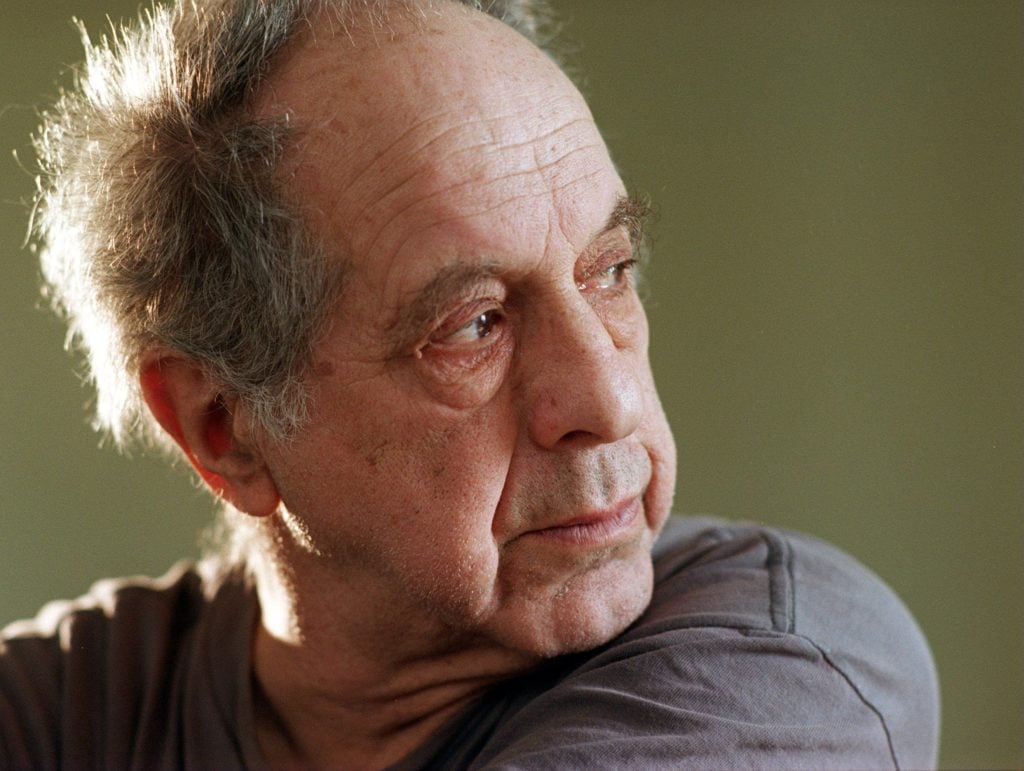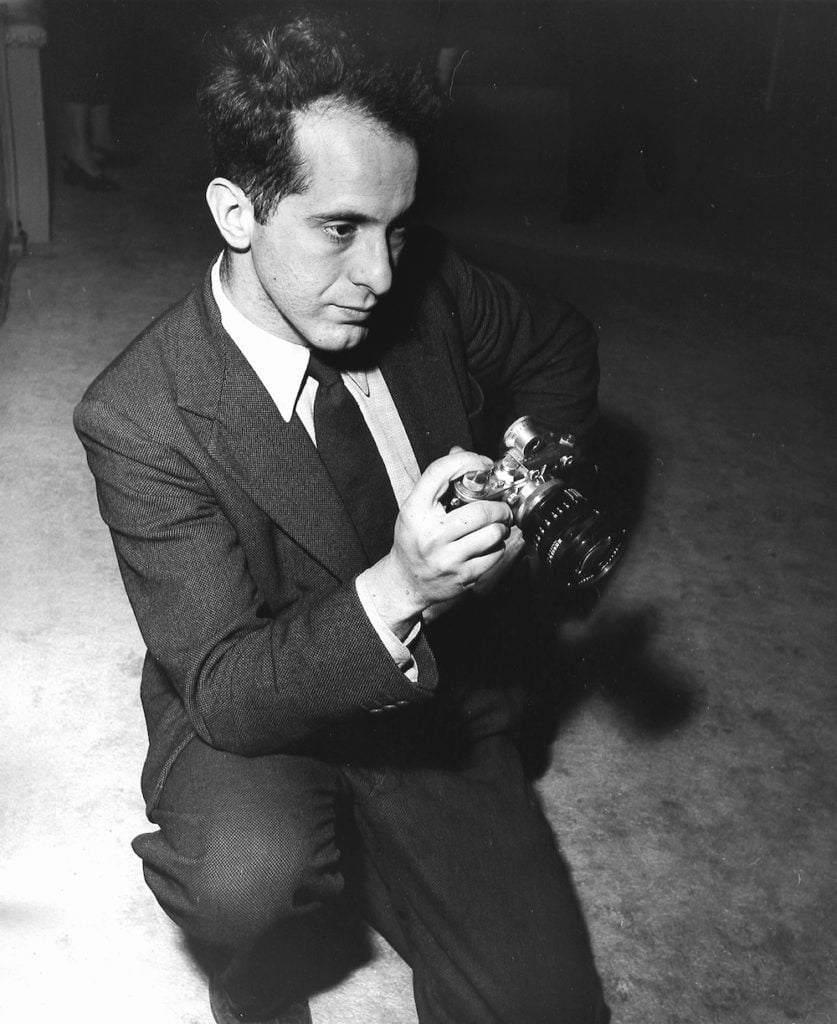People
Robert Frank, the Godfather of Snapshot Photography and a Pioneer of Everyday Realism, Has Died at Age 94
Frank's 1959 book, "The Americans," is widely considered a masterpiece that ushered in a new era of photography.

Frank's 1959 book, "The Americans," is widely considered a masterpiece that ushered in a new era of photography.

Taylor Dafoe

Robert Frank, a trailblazing photographer known for fundamentally altering the landscape of 20th-century documentary art, has died. He was 94.
The news, first reported by the New York Times, was confirmed by Pace-MacGill Gallery head Peter MacGill, who has represented Frank’s work since the gallery opened in 1983.
Frank’s 1959 photo book, The Americans, which brought together 83 photographs from a series of cross-country road trips he took earlier in the decade, is widely regarded as one of most important books of its kind. It is credited with spawning the gritty snapshot aesthetic that influenced future photographers such as Lee Friedlander, Garry Winogrand, Weegee, and others.
“Robert Frank, very simply, changed the way the world looks at America,” MacGill told artnet News. “Through the unvarnished, phenomenally capable eye of an immigrant, he saw us for what we are.”

Robert Frank, Bus-Stop, Detroit (1955). Collection Fotostiftung Schweiz, Winterthur. Gift of the artist.
Frank was born in Zurich on November 9, 1924, the son of a Swiss mother and German father. After studying photography and graphic design in his home country, he moved to New York at age 23, seeking a more progressive artistic culture.
Through a series of hand-made, hand-distributed photo books, Frank gained the attention of photo giants such as Walker Evans, then a photo editor at Fortune magazine; Alexey Brodovitch, art director at Harper’s Bazaar; and Edward Steichen, the Museum of Modern Art’s head of photography. All three wrote recommendations for Frank’s 1955 Guggenheim Fellowship application, which would finance the road trips that led to The Americans.
The photographer estimated that he traversed some 10,000 miles on his trips and took more than 27,000 black-and-white frames with his Leica 35mm camera. Rather than glorifying the country through well-lit, traditionally composed pictures of the American sublime, he trained his lens on the subject matter of the every day, foregrounding his own point of view.

American photographer Robert Frank holding a pre-war Leica camera, 1954. Photo: Fred Stein Archive/Archive Photos/Getty Images.
Though the book initially met with little fanfare, within several years it became recognized as a landmark work of art that upended the staunch formalism of the medium’s previous practitioners.
Thereafter, Frank settled back in New York where he trafficked in a social circle of Beat Generation personalities such as Jack Kerouac, Allen Ginsberg, and Alfred Leslie. His practice turned increasingly toward filmmaking, and he co-founded the New American Cinema Group with a number of other artists and filmmakers, including Jonas Mekas and Peter Bogdanovich.
In the early 1970s, Frank moved to Mabou, a small community on Cape Breton Island, Nova Scotia, where he lived until his death.
“Robert was a dear friend for over 40 years and kept all of us who knew him dancing with his wit, humor, and extraordinarily keen intellect,” MacGill said. “It is an understatement to say that he will be missed.”